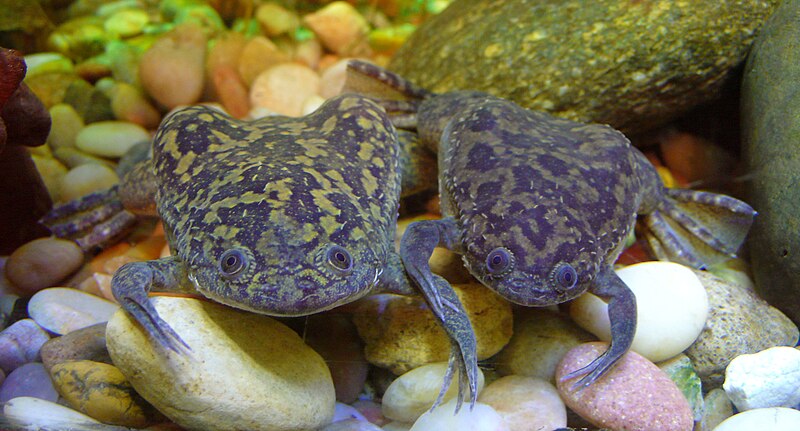 Frogs and frog enthusiasts have much to celebrate these days. The endangered Lake Titicaca Frog, Telmatobius culeus, has reproduced in captivity, and 6 Haitian frogs, lost to science for decades, have been found.
Frogs and frog enthusiasts have much to celebrate these days. The endangered Lake Titicaca Frog, Telmatobius culeus, has reproduced in captivity, and 6 Haitian frogs, lost to science for decades, have been found.
Lake Titicaca’s Aquatic Giant
The huge, skin-breathing, cold-adapted Lake Titicaca Frog ranks as one of the world’s strangest amphibians. Known only from this lake, which straddles the Peru-Bolivia border at 12,500 feet above sea level, the unique creature is threatened by the food trade and pollution.
I had the good fortune to work with what was, at the time, the only Lake Titicaca Frogs in captivity. Despite nearly 2 decades of trials, I and my co-workers failed to raise the few tadpoles that were produced (please see article below). However, Peru’s Huachipa Zoo, in association with the Denver Zoo, has announced that 5 apparently healthy tadpoles are now being reared. A museum in Bolivia has been successful in breeding a close relative, the equally-rare Water Frog, Telmatobius hintoni. Read More »
 That Reptile Blog – Reptile, Amphibian and Exotic Pet Care and Information
That Reptile Blog – Reptile, Amphibian and Exotic Pet Care and Information




